
© Jacoblund/Getty ImagesEthnic ancestry can influence response to some diseases, but the concept of "race-based medicine" can be controversial.
When it comes to health, race can be a double-edged sword.
On one hand, it's a dismal fact that being in certain ethnic groups is a sentence to poorer health. For example, a
2018 study of nearly 900,000 cases of lung, breast, bowel and prostate cancer found black patients had the lowest survival rates.
Some of that miserable outlook may be socio-economic, including less social support and access to healthcare, and more risk factors such as smoking. But part of the problem is biology.
Race can influence how invasive a cancer is and how well it does with treatment. A February 2019
study, for example, found African American men were more likely to have genes that predict aggressive prostate cancer.
But, and here's the upside, armed with a person's ethnicity doctors can get a jump on the problem with targeted screening and treatment. It's all part of the push for "precision medicine" that, in theory, works better because it is tailored to the individual.
A new study, however, led by Rick Kittles at the City of Hope Comprehensive Cancer Centre in Duarte, California, US, puts something of a spanner in those precision works.
The team decided to take a fresh look at a key research tool for targeted medicine: so-called "immortal" cell lines. These are cells, often sourced from human cancers, that replicate indefinitely and are crucial for modelling disease. They can be
used to test, for instance, the effectiveness and toxicity of cancer drugs.
But there's a catch.
Because ethnicity is a risk factor for some cancers, it's essential the cell lines come from racially diverse groups to guide treatment across the divide. Kittles' team decided to test 15 commercially available cell lines to see if their ethnicity, as claimed by suppliers, squared with their genetic ancestry.
To do that, they used methods similar to those of the genealogy companies 23andMe and Ancestry.com. For a fee, those outfits take a spit sample and
tell you whether your forebears were Manchurian, Iberian or perhaps Native American.
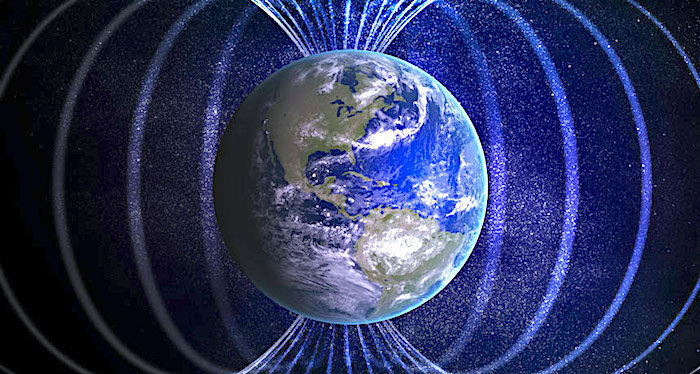
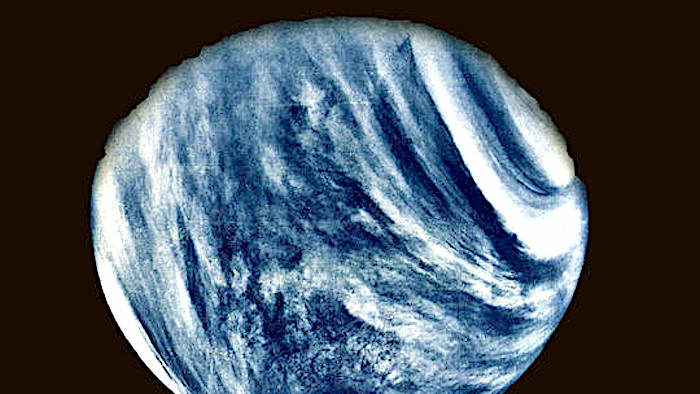
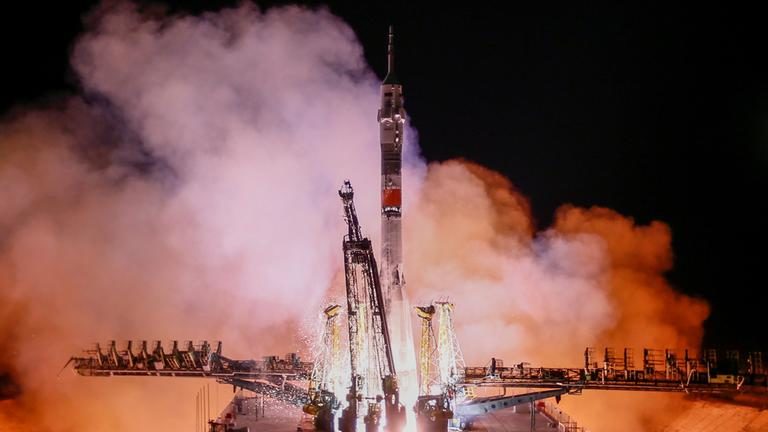
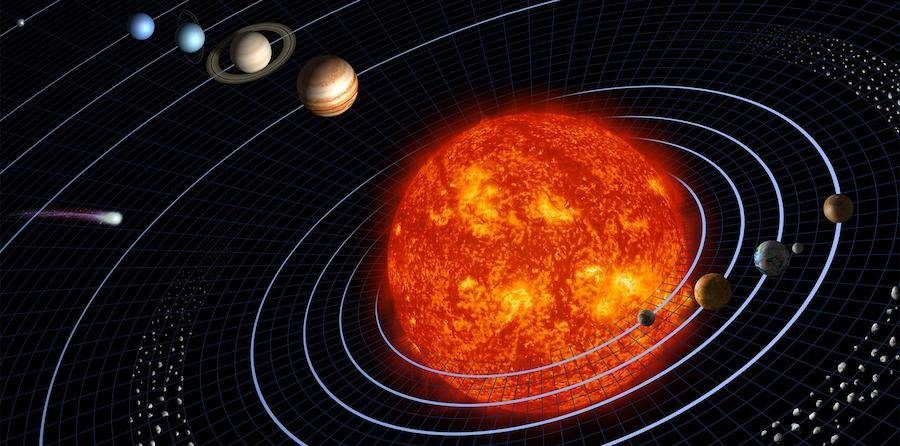
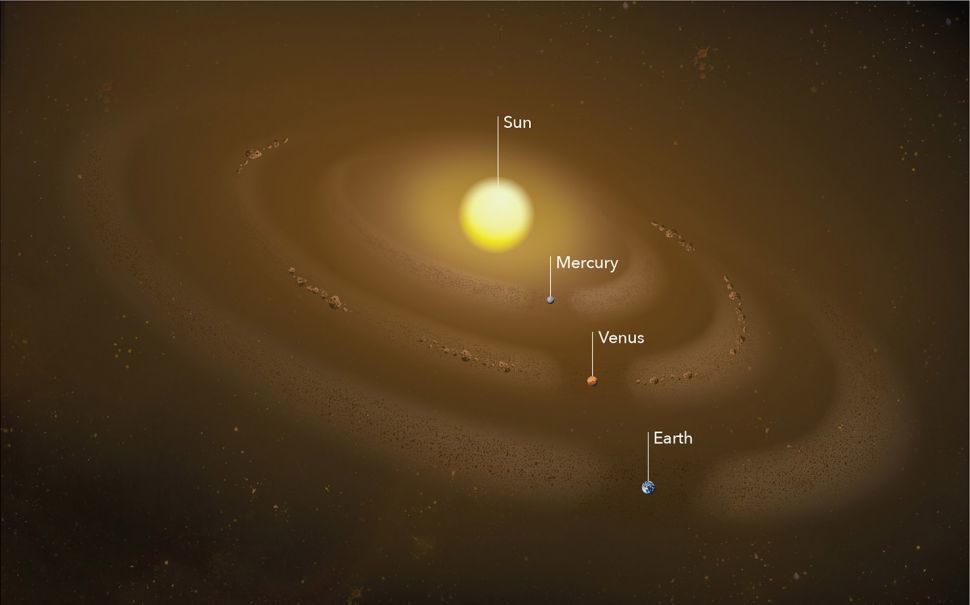
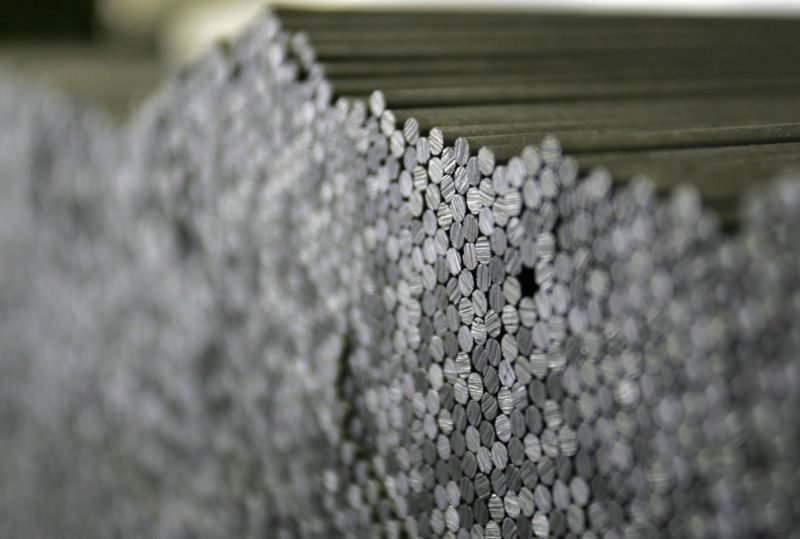
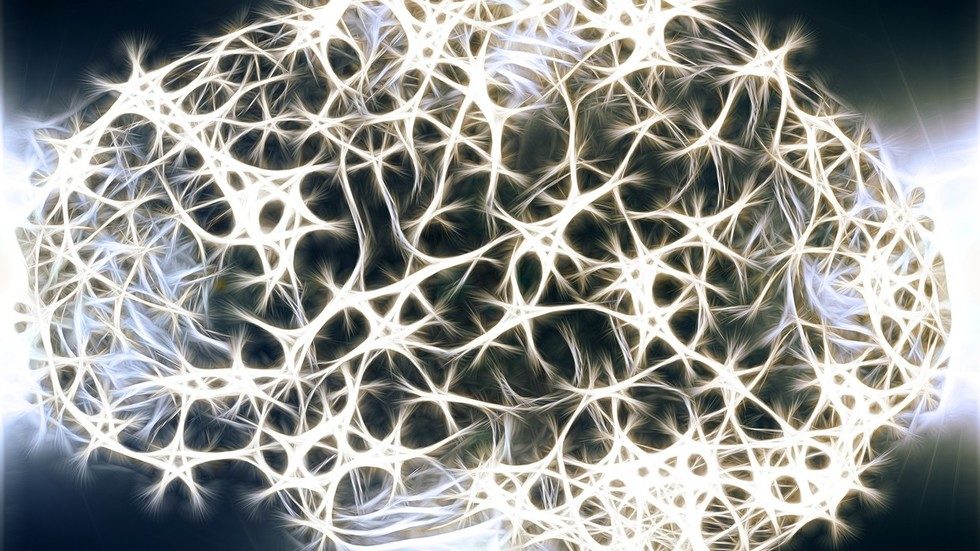
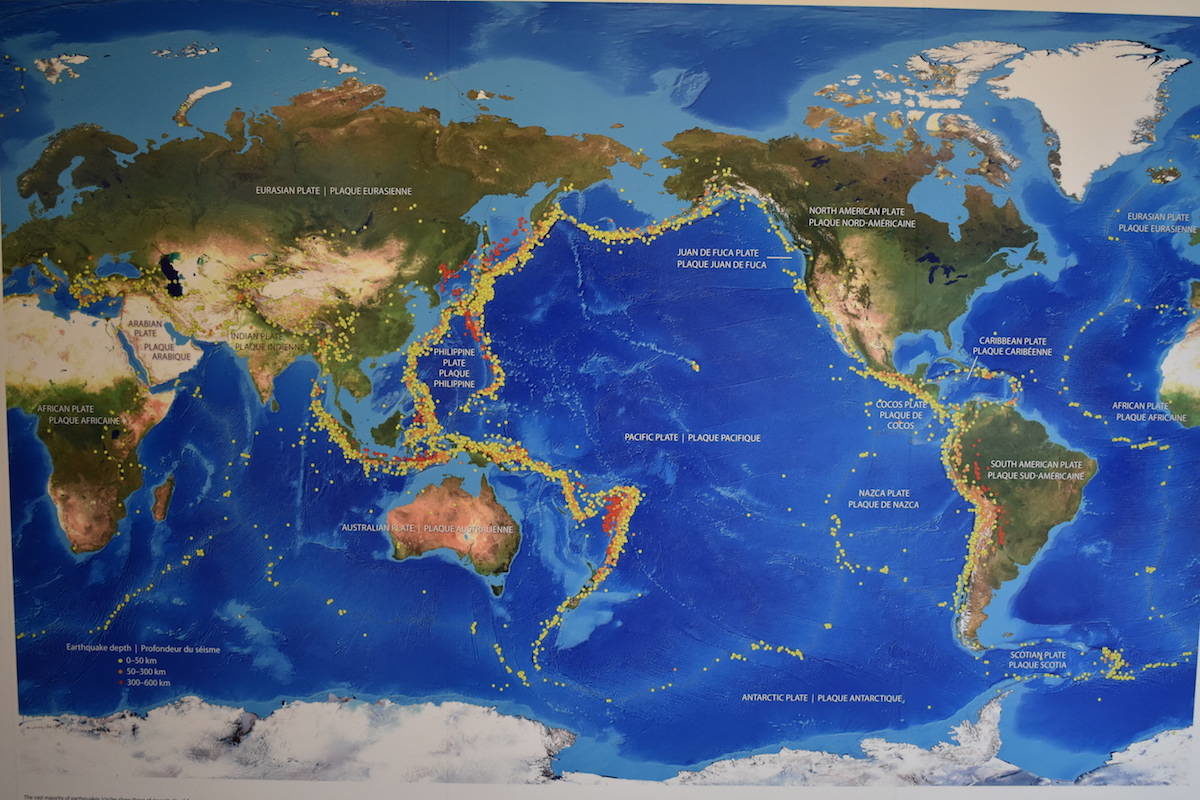





Comment: Do you see what they did there?
They discovered something that 'shouldn't' have been there.
So they 'made up a source for it', and backdated it to the 'beginning of time'.
Why?
To remove all 'shock' from the discovery of a freaking ring of asteroid/comet debris around the innermost planet in the solar system, thus maintaining the illusion that 'everything is as it is supposed to be, and all is fine.'
Repeat after us:
"We live in a stable universe where nothing ever changes..."